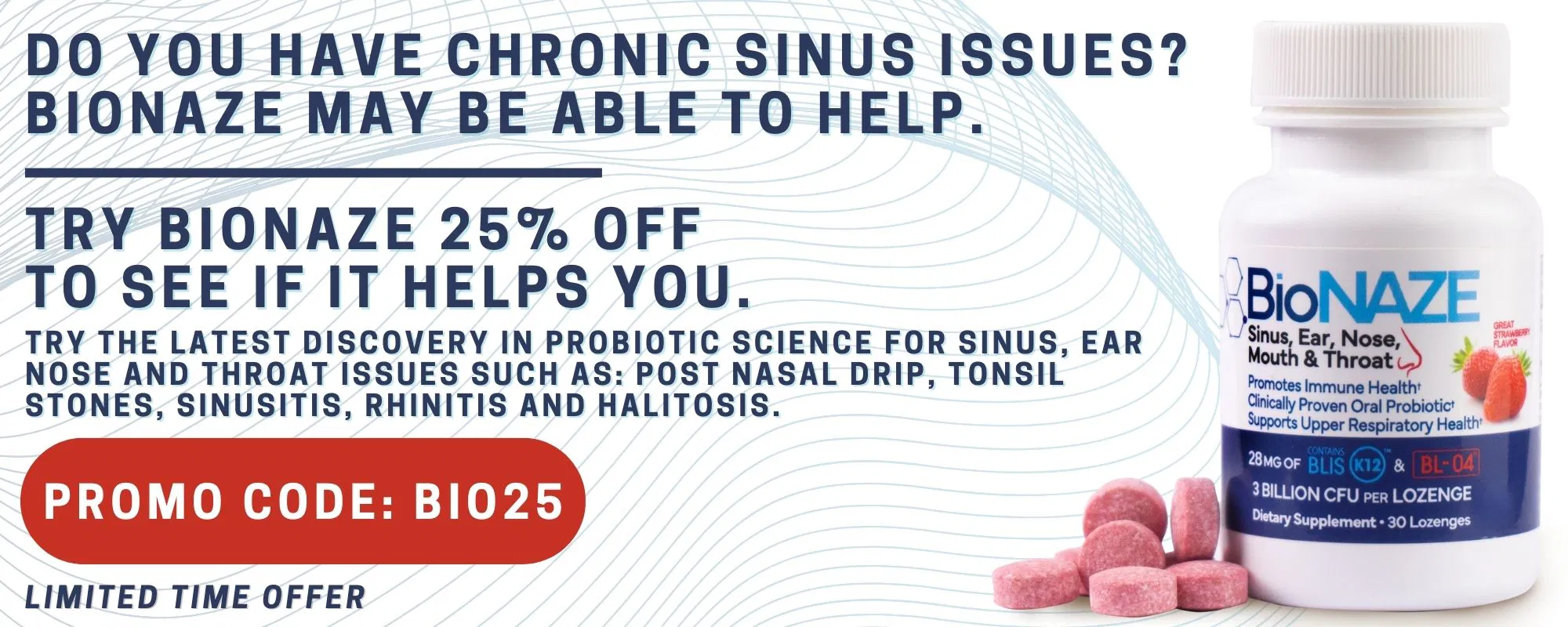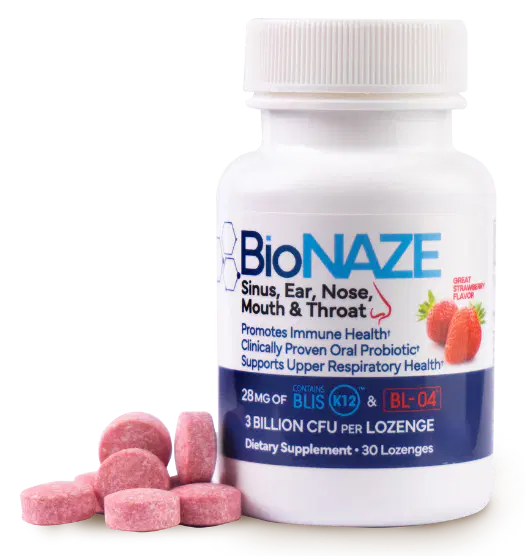What Does a Healthy Tongue Look Like?

Published March 27, 2023
The tongue is a tiny, muscular organ that can vary in color depending on its condition. Yet, it is not unusual for some underlying health issues to cause the tongue to become red, purple, or other colors. While it is normal for the color of your tongue to vary, any noticeable change may indicate that something is wrong.
Continue reading to learn about the various colors that can happen on your tongue as well as the qualities of a healthy tongue.
What a Healthy Tongue Means
Pink is the usual color of a healthy tongue, but its shade can still vary between dark and light shades depending on a person’s health. Moreover, the top and bottom of your tongue have tiny nodules. Certain medical conditions may cause changes in the color of your tongue, and a change in tongue color may be the first sign of a serious underlying problem.
Suppose, for instance, that your tongue swells and then becomes painful, changes significantly in appearance, and develops persistent spots or lesions. In that case, you should go to the dentist or a doctor immediately to find the cause of the problem.
What an Unhealthy Tongue Looks Like
A considerable shift in color from the normal pink hue is one of the earliest indications of an unhealthy tongue. Pain when chewing, drinking, or swallowing and the appearance of new lumps and bumps are other indications of a possible health problem.
Based on color or appearance, the following are potential reasons for tongue abnormalities. This list serves only as a guide. See a doctor immediately if you observe any of these changes.
Appearance and Color
A high fever can cause red bumpy patches on the tongue’s surface, which disappear when the fever subsides. Meanwhile, “Leukoplakia” can occur if your tongue is irritated; it is frequently found in smokers and tobacco users. But, if you are not a smoker and notice white patches on your tongue, you should immediately call your dentist or doctor to check for oral cancer.
A tongue that’s excessively red may indicate a vitamin deficiency, like folic acid or B12; Kawasaki disease and scarlet fever may also cause redness. In the meantime, a protein buildup can cause little lumps on the tongue to become elongated, creating the appearance of hair on the tongue. Lastly, a tender tongue could be caused by anything from a food allergy to a canker sore.
Poor oral hygiene, a dry mouth, cigarette or alcohol use, inflammation of the stomach lining, or a poor immune system can lead to a buildup of bacteria on the tongue, causing it to appear yellow or develop a yellow coating. Meanwhile, a white coating may indicate oral thrush, a condition caused by an overgrowth of yeast in the oral cavity.

Always Check Your Tongue
Your tongue can reveal far more about your well-being than you may realize, even though it’s often unnoticed. After brushing your teeth, it can be reassuring to check the appearance and color of your tongue. If you take care of your oral hygiene, expect to have a healthy tongue; however, if you see a doctor right away if you notice any sudden or significant changes in appearance, including lumps, pain, or redness.
Benefit From The Latest Advancements In Probiotic Science With Bionaze
Bionaze is a proprietary blend of probiotics proven to promote ear, nose, and throat health, improve digestion, and support your immune system. The active ingredients BLIS K12, and BL-04 are considered among the best probiotics according to science.
Get 25% Off Your First Order when you use BIO25 at checkout!

This Content Has Been Reviewed For Factual Accuracy
This content has undergone thorough fact-checking by our team of internal experts. Learn more about the meticulous editorial standard for our website here.
ADVERTISEMENT

About The Author
Krizzia Paolyn has a bachelor’s degree in Psychology. She started her career as a content writer for various digital magazines and renowned publications. It has always been her passion to share her voice, and at the same time, to encourage other people to speak up.




